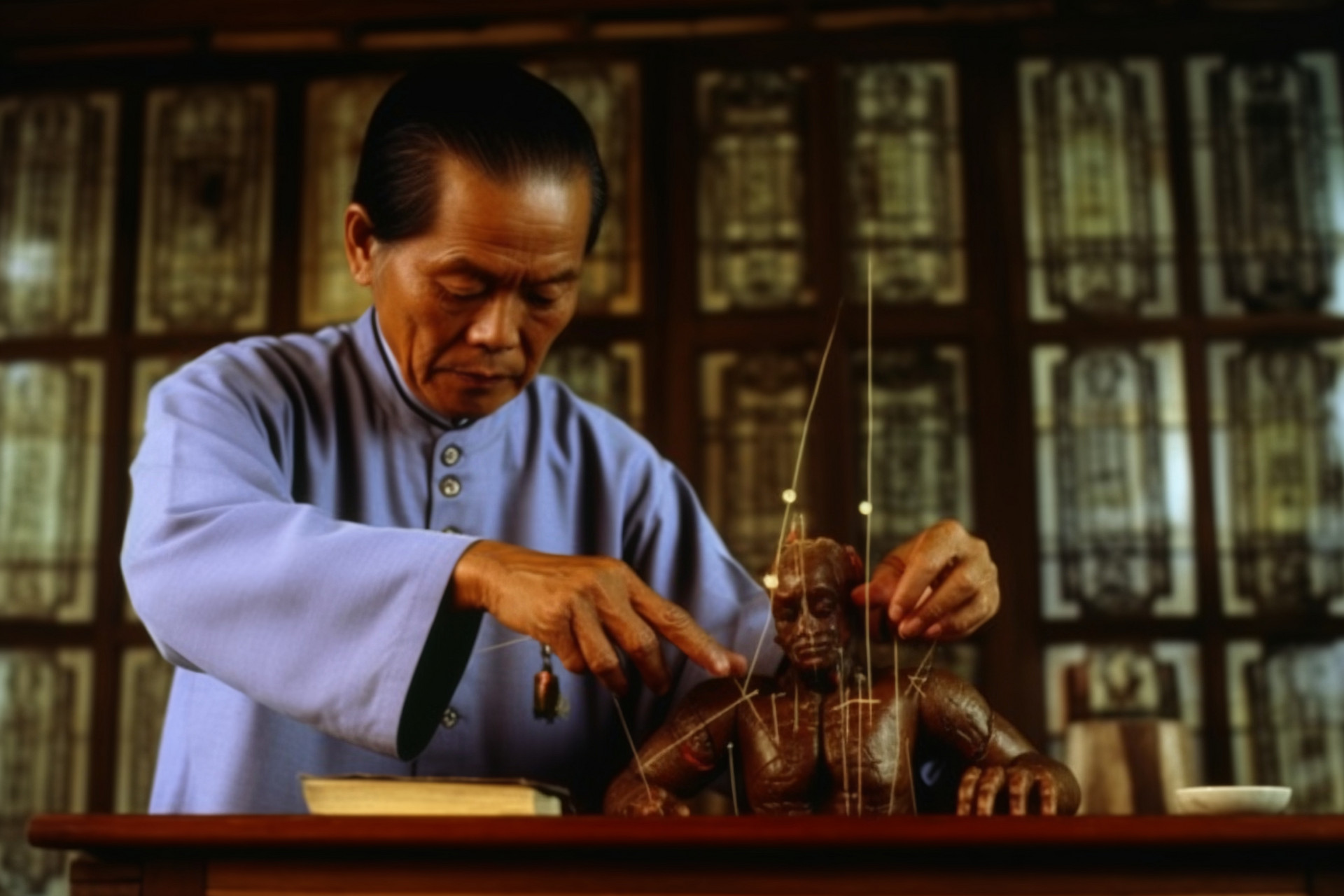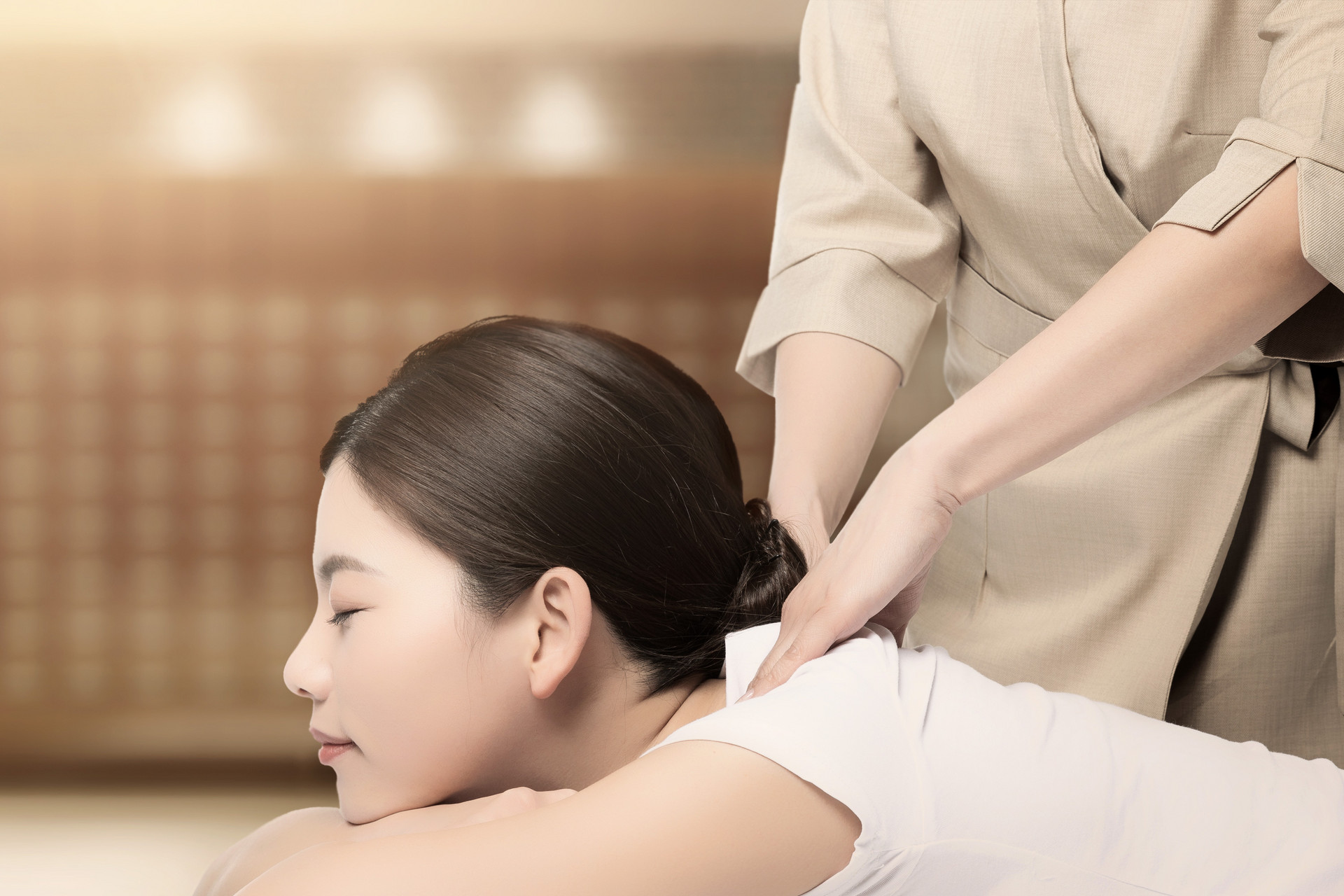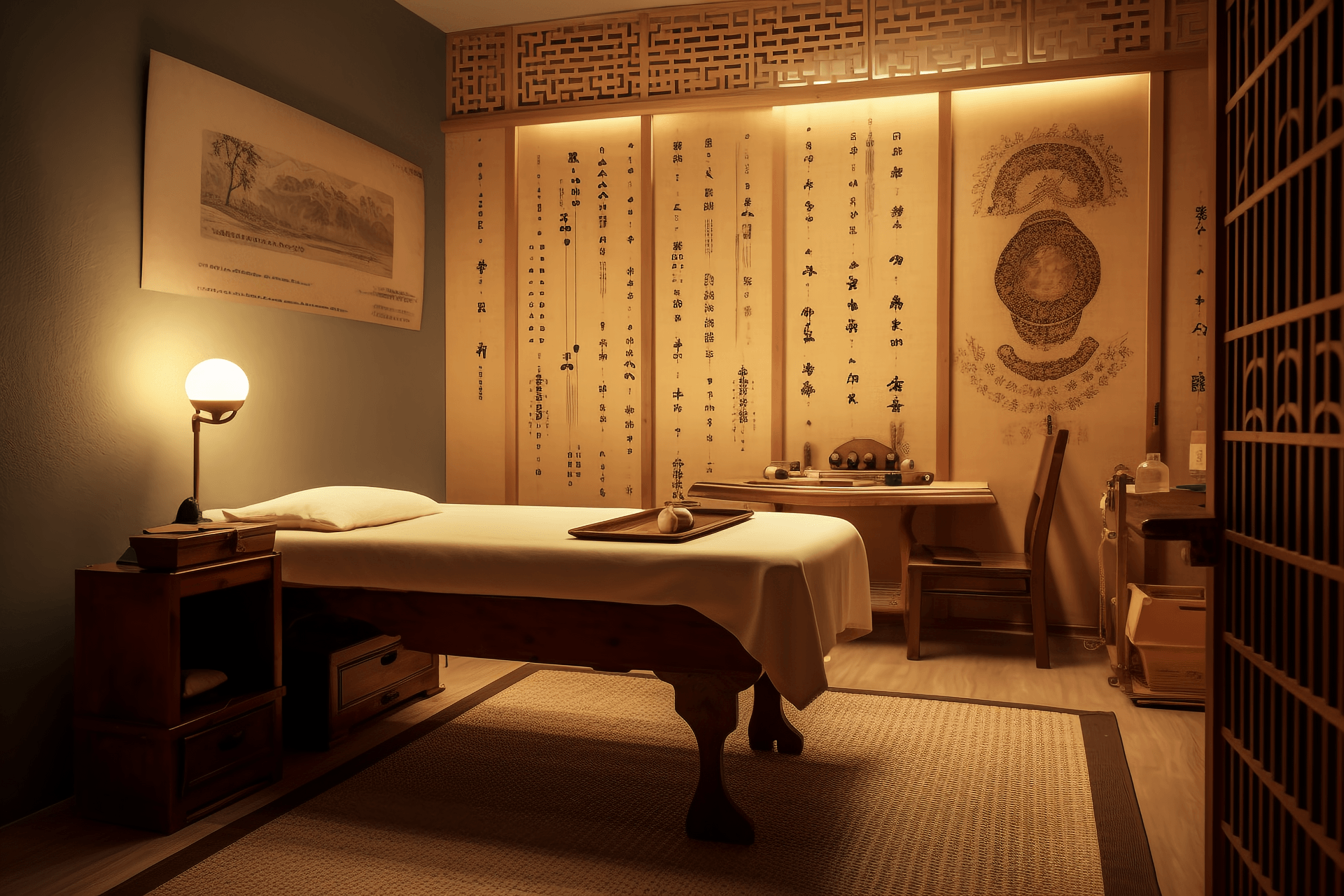Nasal acupuncture is a needling technique that involves puncturing specific acupoints within the nose to treat various ailments by utilizing the connection between the organs, meridians, and collaterals. In the book "Ling Shu • Miscellaneous Diseases," it is mentioned that nasal acupuncture can be used to treat hiccups and sneezing. The book "The Great Compendium of Acupuncture and Moxibustion" describes the use of nasal acupoints to treat nasal polyps and other conditions. Nasal acupuncture is primarily based on the theory of "color diagnosis" in traditional Chinese medicine, which uses changes in the color of the nasal skin to diagnose and treat diseases. The book "Ling Shu • Five Colors" states that "the five colors are determined by the Mingtang (bright hall), which is the nose." The book "Ling Shu • Five Observations and Five Manifestations" states that "the five colors are observed in the Mingtang to observe the qi of the five zang organs." By observing changes in the color of the nose, one can determine which organs are affected by the disease. The book "Su Wen • Differentiation of the Five Zang Organs" states that "the five qis enter the nose and are stored in the heart and lungs." The book "Complete Book of Sores and Ulcers" states that "the nose is located in the middle of the face and is the blood circulation center of the whole body." It suggests that the nose plays an important role in the functioning of the whole body's qi and blood, as it is the location where the meridians and qi and blood are densely distributed and connected to various organs. The book "Ling Shu • Pathogenic Factors, Zang-Fu Organ Diseases, and Manifestations" states that "the twelve meridians and the three hundred and sixty-five collaterals, their blood and qi all ascend to the face and pass through the orifices... The ancestral qi ascends from the nose and functions as the sense of smell." The nose is the meeting point of the Hand and Foot Yangming meridians and the Du meridian. In addition, the Hand Shaoyang Small Intestine meridian, Foot Taiyang Bladder meridian, and Conception vessel also run through the nose. Therefore, the nose is the convergence point of yin and yang, and the gathering place of various meridians. The circulation of qi and blood is particularly vigorous in this area, and changes in the organs and qi and blood can be reflected in the nose. Specific acupoints on the nose can be needled to unblock the meridians, promote the circulation of qi and blood, and treat diseases.
[Operation Method]
1. Distribution of Nasal Acupoints
According to the book "Ling Shu • Five Colors," the distribution of nasal acupoints is divided into three lines and twenty-three stimulation areas based on the statement "the Mingtang bone is high and straight. The five zang organs are located in the center, with the six fu organs on both sides. The head and face are located above the gap court, and the palace is located at the lower extremity."
1) Basic Nasal Acupoints
The midline of the face starts from the middle of the forehead and stops above the water groove acupoint. There are a total of nine acupoints (areas).
- Head and Face: Located at the upper 1/3 of the line connecting the midpoint between the eyebrows and the center of the hairline.
- Throat: Located between the head and lungs, below the line connecting the midpoint between the eyebrows and the center of the hairline.
- Lungs: Between the two eyebrows.
- Heart: Below the lung area, between the inner corners of the eyes.
- Liver: Below the heart area, at the highest point of the nasal bone, on the midline above the level of the cheeks.
- Spleen: Below the liver area, on the midline above the upper edge of the nasal bone.
- Kidneys: At the tip of the nose.
- Lower Abdomen (External Genitalia): At the lower end of the nasal septum.
- Testicles (Ovaries): One area on each side of the nose, at the nostrils.
The nostril line starts below the inner corners of the eyes, close to the sides of the nasal bone, and ends at the lower outer edge of the nostrils. There are a total of five acupoints (areas).
- Gallbladder: Located on the outer side of the liver area, directly below the inner corners of the eyes.
- Stomach: Located on the outer side of the spleen area, directly below the gallbladder area.
- Small Intestine: At the upper 1/3 of the nostrils, below the stomach area.
- Large Intestine: At the center of the nostrils, below the small intestine area.
- Bladder: At the outermost edge of the nostril wall, below the large intestine area.
The nasal side line starts from the inner side of the eyebrows, runs along the outer side of the bone, and descends to the outer side of the nostril line, stopping at the outermost side of the nostrils. There are a total of nine acupoints (areas).
- Ear: At the inner side of the eyebrows, level with the lungs.
- Chest: Below the eyebrow ridge, above the eye socket.
- Breast: Above the Jingming acupoint.
- Back of the Neck: Below the Jingming acupoint.
- Lumbar Spine: Outside the gallbladder area, below the outer side of the back of the neck area.
- Upper Limb: Outside the stomach area, below the outer side of the lumbar spine area.
- Hip and Groin: Outside, level with the upper part of the nostrils, below the outer side of the upper limb area.
- Knee and Shin: Outside, at the center of the nostrils, below the outer side of the hip and groin area.
- Foot and Toes: Outside, at the lower part of the nostrils, below the outer side of the knee and shin area.
2) New Nasal Acupoints
- Hypertension Acupoint: Located at the midpoint between the eyebrows, also known as the Yintang acupoint.
- Kidney Triangle: The central point is below the heart acupoint, along the lower edge of the nasal bone, and the points on both sides are located below and outside the central point.
- Digestive Triangle: The central point is below the midpoint, and the points on both sides are located below and outside the central point, forming a small equilateral triangle at the tip of the nose.
- Hypertension Acupoint: Located slightly below the tip of the nose.
- Upper Limb Acupoint: Located below the shoulder, arm, and elbow.
- Appendix Acupoint: Located on the outer upper part of the nostrils.
- Lower Limb Acupoint: Also known as the shin acupoint.
- Innovative Acupoint: Located at the intersection of the midline connecting the upper edge of the nostrils and the midline of the nose.
- Extra Acupoint 1: Located on the inner side of the nostrils.
- Extra Acupoint 2: Starting from Extra Acupoint 1, along the inner line of the nostrils, extending to the upper edge of the nostrils.
- Zi Bao Acupoint: The nasal septum.
[Page Navigation]
1 2 3 > >>










